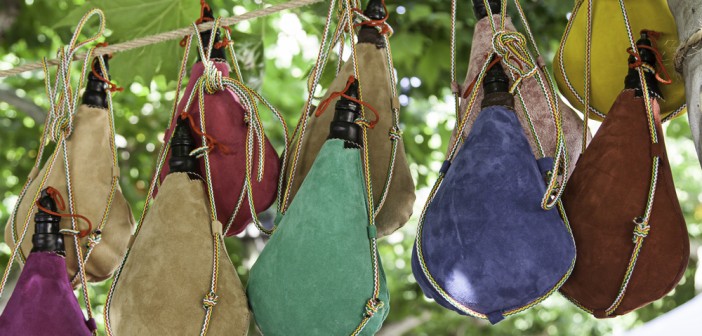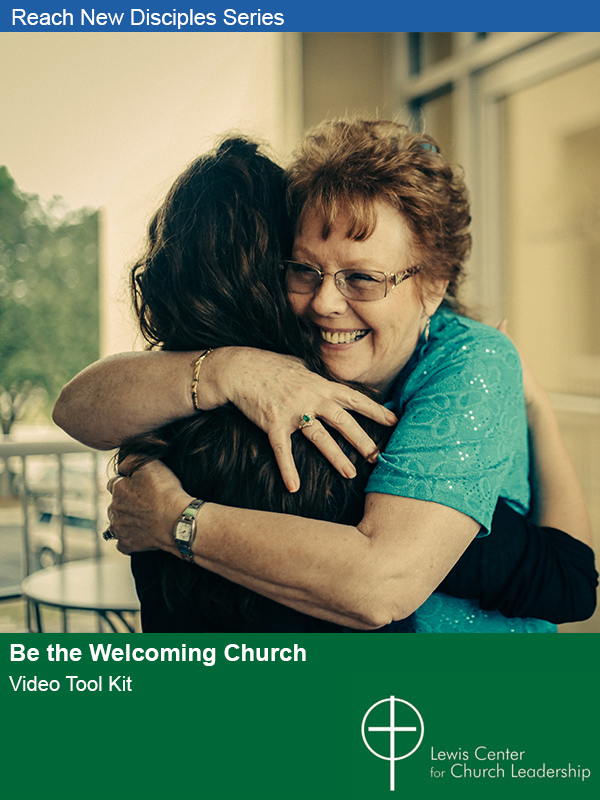Churches are struggling with their evangelistic outreach. What worked in the past doesn’t seem to work today. In studying African American churches, I have come to see something prevalent across a range of churches.
Their evangelistic practices are not wrong so much as they are based on assumptions grounded in the experience of a previous generation. Some of the old assumptions are slowly disintegrating, but these congregations continue to believe the problem is not with the assumptions. Instead, they point the finger of blame elsewhere.
Ultimately, a new approach involves altering the way many African American congregations are worshiping and reaching out into the community.
A New Mentality
First, those maintaining the old assumptions argue there is no need for new evangelistic practices because it was the old practices that built the church. Those holding to old assumptions want the new practices to be consistent with their ideals and traditions. This means using the same idioms, language, and affirmations that sustain the old wineskin. Thus new ideas are not able to flourish because of a mentality that negates anything new.
Many African American congregations fail to attract new parishioners because those operating with an old-wineskin mentality are stuck in a particular cultural box. For example, some congregations continue to perceive the community around them from a 1960s mentality and continue to do ministry from that point of reference. Whether it is a generational gap, economic gap, or class gap, those with the old-wineskin mentality are not connecting with the post-civil rights generations. These congregations think they have tried to do evangelism, but they have only succeeded in further alienating those in the community.
Us Versus Them
Second, when new parishioners join the congregation, it often causes an “us versus them” mentality because the new people bring different assumptions with them. The goal is to maintain the way things were, with no consideration given to being influenced by those who better understand the culture. This is why many congregations simply reach out to others just like themselves. Individuals may be new to the church, but they are only accepted if they fit the old mold that has existed for years at the congregation.
Perceived Resource Constraint
Third, those with an old-wineskin mentality start blaming their struggles on the fact that they have limited resources in comparison to other congregations. These congregations are implying that if they had the same resources, then they would flourish. Certainly resources are important, but they do not guarantee success. The issue is not simply resources, but developing a new mindset within the current congregation that shifts the way they think about and approach evangelism.
New Wineskins
Many African American churches are dying because congregations perpetuate an old-wineskin mentality. They have fallen into the same snare as other declining congregations who are no longer missional. By continuing to ignore cultural shifts, African American congregations run the risk of not only decline, but eventual death.
A new approach is required that understands the cultural shifts occurring while maintaining the integrity of the Gospel. In order to apply successfully a new approach, African American congregations will have to develop new wineskins. A new approach requires changing the evangelistic assumptions still haunting some congregations. New assumptions will transform the way churches adapt to cultural shifts. Ultimately, a new approach involves altering the way many African American congregations are worshiping and reaching out into the community.
Some African American churches are doing this by changing their practices and attempting to create a more hospitable church or by developing more passionate worship. These practices are critical for congregations, but by themselves they do not translate into making new wineskins. If the DNA of the congregation has not been transformed, then altering the practices will not engender real change.
The question is what is necessary for a church to make new wineskins? Developing new practices is an important part, but it is also necessary to think more deeply about the assumptions behind many of those practices. We are constantly hammering congregants over the head with the need for growth and getting them involved in programs intended to help the church grow but often to no avail. Typically churches move from program to program, trying different practices in hopes of finding the pot of gold at the end of the rainbow.
What if the problem is not the practices but the assumptions behind the practices? This is not an excuse to stop engaging in important evangelistic practices — most congregations can improve dramatically in this area — but it recognizes that the evangelistic challenge most churches face cannot be resolved by practices alone.
Congregations create new wineskins by reclaiming a missional understanding for evangelism. The evangelistic influence of African American congregations should be their ongoing commitment to share the good news of salvation in the community. If African American congregations frame evangelism in this missional manner, then practices like hospitality and testimony are transformed because the DNA of the congregation has been altered. It is time African American congregations examined the assumptions behind their evangelistic practices and developed a new framework that reconnects congregations and ultimately the community to the love of God through Jesus the Christ.
This article is adapted from Doug’sbook, New Wine, New Wineskins: How African American Congregations Can Reach New Generations (Abingdon Press, 2011) and available at Cokesbury and Amazon. Used by permission.







